CBSE [All India]-Set-1-2012
To Access the full content, Please Purchase
-
Q1
How does the angular separation between fringes in single-slit diffraction experiment change when the distance of separation between the slit and screen is doubled?
Marks:1View AnswerAnswer:
The angular separation (
 ) between fringes is given as,
) between fringes is given as, , i.e.,
, i.e.,  does not depend on the separation (D) between the slit and screen. Therefore there will be no change in the angular separation between fringes.
does not depend on the separation (D) between the slit and screen. Therefore there will be no change in the angular separation between fringes. -
Q2
What are the directions of electric and magnetic field vectors relative to each other and relative to the direction of propagation of electromagnetic waves?
Marks:1View AnswerAnswer:

-
Q3
Two wires of equal length, one of copper and the other of manganin have the same resistance. Which wire is thicker?
Marks:1View AnswerAnswer:
We know that,
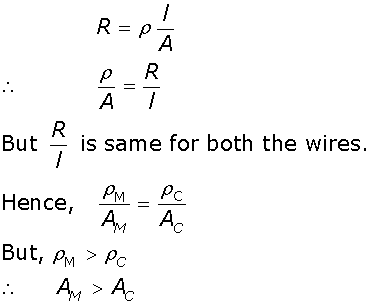
Thus, manganin is thicker. -
Q4
A bar magnet is moved in the direction indicated by the arrow between two coils PQ and CD. Predict the directions of induced current in each coil.
 Marks:1View Answer
Marks:1View AnswerAnswer:
The direction of induced current will be clockwise in both the coils. In first coil, the direction of induced current is from P to Q and in the second coil the direction is from C to D.
-
Q5
For the same value of angle of incidence, the angles of refraction in three media A, B and C are 15°, 25° and 35° respectively. In which medium would the velocity of light be minimum?
Marks:1View AnswerAnswer:
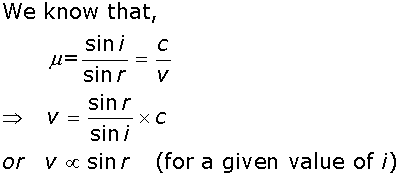
Therefore, velocity of light is minimum in medium ‘A’. -
Q6
A proton and an electron have same kinetic energy. Which one has a greater de-Broglie wavelength and why?
Marks:1View AnswerAnswer:
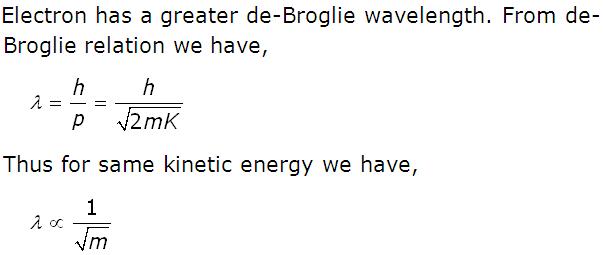
-
Q7
Mention the two characteristic properties of the material suitable for making core of transformer?
Marks:1View AnswerAnswer:
Two characteristic properties of the material suitable for making core of transformer are:
(i) It should have low coercivity and low retentivity.
(ii) It should have a smaller hysteresis loop. -
Q8
A charge ‘q’ is placed at the centre of a cube of side l. What is the electric flux passing through each face of the cube?
Marks:1View AnswerAnswer:
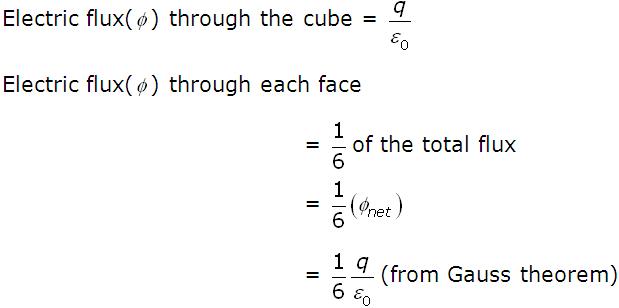
-
Q9
A test charge ‘q’ is moved without acceleration from A to C along the path from A to B and then from B to C in the electric field E as shown in the figure.
(i) Calculate the potential difference between A and C.
(ii) At which point (of the two) is the electric potential more and why?
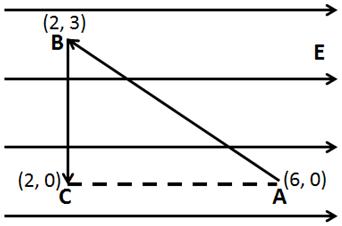 Marks:2View Answer
Marks:2View AnswerAnswer:
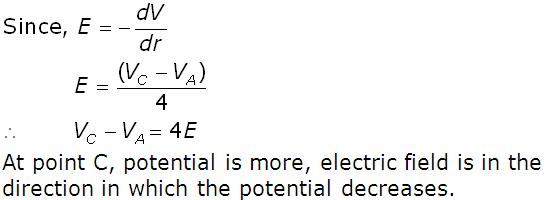
-
Q10
An electric dipole is held in a uniform electric field.
(i) Show that the net force acting on it is zero.
(ii) The dipole is aligned parallel to the field. Find the work done in rotating it through an angle of 180°.Marks:2View AnswerAnswer:
(i)
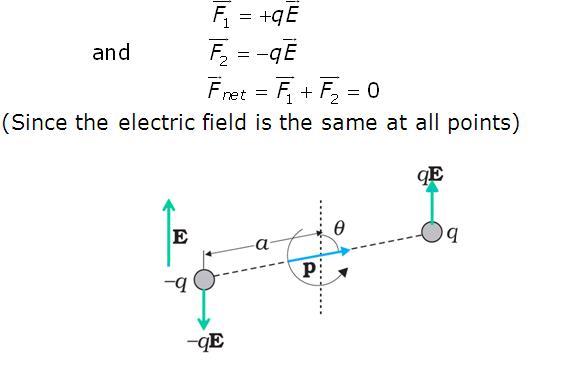
(ii) W = change in potential energy
= Ufinal – Uinitial
= (–pE cos180°) – (–pE cos0°)
= 2pE



